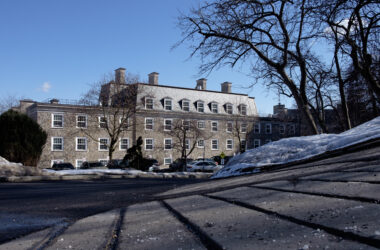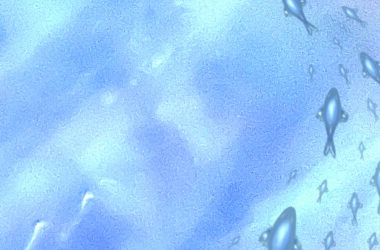 ecohouseplan.com
ecohouseplan.com
Last month, the McGill University Life Sciences Complex was awarded a Leadership in Energy and Environmental Design (LEED)gold certification. The Life Sciences Complex is composed of two brand new buildings, the Francesco Bellini Life Sciences Building and the Cancer Research Building, in addition to the existing McIntyre Medical Sciences Building and Stewart Biological Sciences Building. The stamp of approval from the Canada Green Building Council recognizes sustainable practices used throughout the design and construction of the complex.
LEED was first launched in 1998 by the U.S. Green Building Council. It was designed as a tool for evaluating green buildings, and setting goals for architects and designers to focus on sustainability.
New buildings and major renovations can earn a basic certification, or silver, gold, or platinum certifications. To earn a LEED certification, buildings must meet certain pre-requisites related to building construction, water efficiency, and energy performance, and earning additional credits for innovative green design. The more credits a building earns, the higher its certification level.
A few core components of the LEED program are responsible use of resources, reduction of pollution inside and outside of the building, and utilization of the full life cycle of materials. These ideas translate into five pre-requisite categories: sustainable sites; water efficiency; energy and atmosphere; materials and resources; and indoor environmental quality.
Buildings earn credit for features like green roofs (there’s one on the new Life Sciences Complex) because they improve energy efficiency by adding another layer of insulation. At the same time, a green roof counters the urban heat island effect, a phenomenon where densely-populated urban areas tend to be warmer than their surroundings due to the heat retention of buildings.
At McGill, designers faced the challenge of making the new cancer research laboratory energy efficient. They reduced energy usage by using natural lighting, sensors that control ventilation for maximum efficiency, and heat exchangers to trap heat that might be lost through the ventilation system.
Other features of the project include a system for recycling rainwater in toilets, the use of sustainable building materials (30 per cent were recycled, and 20 per cent were locally sourced or produced), and the incredible feat of diverting 96.4 per cent of construction waste from landfills.
More information about the new Life Sciences Complex, including a short film, is available on the McGill website.








